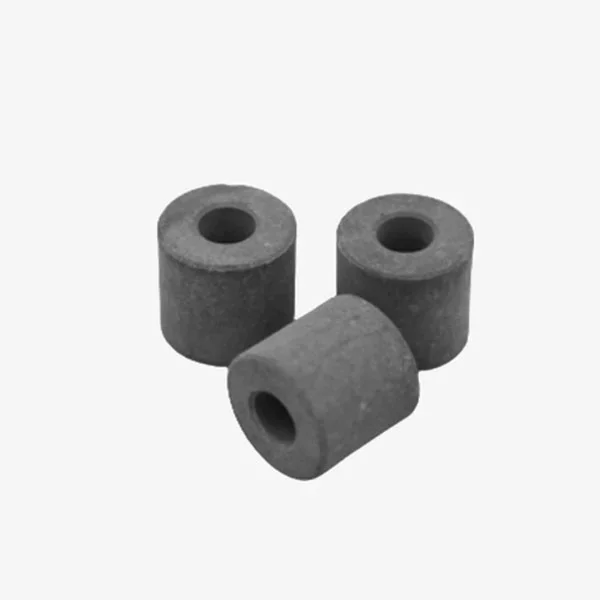Steam reforming is a critical process in the chemical industry, primarily used to produce hydrogen. It involves the reaction of steam with a hydrocarbon feedstock, typically natural gas, at high temperatures. However, to enhance the efficiency of this process and improve hydrogen yield, steam secondary reforming is employed. This blog post delves into the industrial applications of steam secondary reforming catalysts, their importance, and how they contribute to the advancement of various industries.
The Role of Steam Secondary Reforming Catalysts
Steam secondary reforming (SSR) is an extension of the primary steam reforming process. It uses a catalyst to further convert the remaining hydrocarbons and carbon monoxide into hydrogen and carbon dioxide. The catalysts used in SSR are designed to operate at high temperatures and pressures, ensuring a high conversion rate and purity of the produced hydrogen.
1.Catalyst Composition
The catalysts used in SSR are typically composed of noble metals such as platinum or palladium, supported on a refractory material like alumina. These catalysts are chosen for their high activity, selectivity, and resistance to poisoning by impurities such as sulfur.
2.Operating Conditions
SSR catalysts operate under severe conditions, with temperatures often exceeding 1000°C and pressures in the range of 20 to 30 bar. These conditions demand robust catalysts that can withstand long-term operation without significant degradation.

Industrial Applications of Steam Secondary Reforming
1.Hydrogen Production
The primary industrial application of SSR is in the production of hydrogen. Hydrogen is a versatile chemical used in various processes, including the production of ammonia for fertilizers, methanol for solvents and fuel, and in the refining of petroleum products.
2.Chemical Synthesis
Hydrogen produced through SSR is also crucial for the synthesis of various chemicals. For instance, it is a key component in the Haber process for ammonia production, which is vital for the manufacture of fertilizers that support global food production.
3.Petroleum Refining
In the petroleum industry, hydrogen is used for hydrocracking and hydrotreating processes. These processes improve the quality of fuels by removing sulfur and other impurities, as well as converting heavy, less valuable hydrocarbons into lighter, more valuable products.
4.Metal Processing
Steam secondary reforming catalysts also find applications in the metal processing industry. Hydrogen, produced through SSR, is used in the reduction of metal ores, such as in the production of iron from iron oxide.
5.Environmental Applications
SSR plays a role in environmental applications as well. Hydrogen is a clean energy carrier and is used in fuel cells for power generation with water as the only emission. Additionally, hydrogen can be used in carbon capture and storage technologies to reduce greenhouse gas emissions.

Challenges and Innovations in Steam Secondary Reforming
1.Catalyst Deactivation
One of the challenges in SSR is the deactivation of catalysts over time due to sintering, poisoning, or coking. Research is ongoing to develop more robust catalysts that can maintain their performance for longer periods.
2.Energy Efficiency
Improving the energy efficiency of SSR processes is another area of focus. This includes optimizing reactor design, heat integration, and the use of waste heat recovery systems.
3.Integration with Renewable Energy
As the world moves towards renewable energy sources, integrating SSR with renewable energy, such as solar or wind power, is an emerging trend. This integration can help reduce the carbon footprint of hydrogen production.
4.Advanced Materials
The development of advanced materials for catalysts, such as nanostructured materials and novel supports, is another area of innovation. These materials can offer improved catalytic performance and resistance to harsh operating conditions.

Conclusion
Steam secondary reforming catalysts play a pivotal role in the industrial production of hydrogen and other valuable chemicals. Their applications span across various sectors, contributing to the efficiency, quality, and sustainability of numerous processes. As the demand for clean energy and sustainable chemical production grows, the role of SSR catalysts will only become more significant. Continued research and development in this field will ensure that these catalysts meet the challenges of the future, driving innovation and supporting the transition to a cleaner, more sustainable industrial landscape.
Yixing Winner Technology Co., Ltd. is a professional manufacturer in producing catalysts and their ceramic carriers, ceramic glove formers, and other industrial ceramics.
Welcome to inquiry if you need to know more about steam secondary reforming catalysts details or order wholesale.

